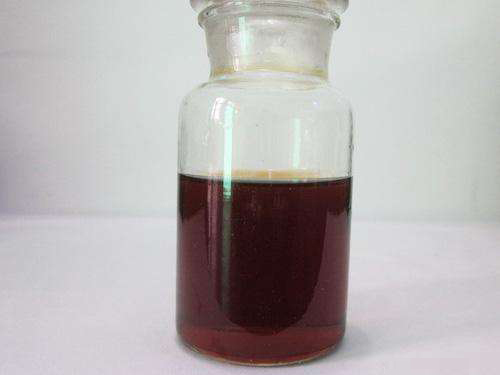Understanding the Benefits and Applications of Polyaluminum Chloride in Water Treatment
Understanding PACL The Role of Polyaluminum Chloride in Water Treatment
Polyaluminum chloride (PACL) is a chemical compound that has become increasingly important in the field of water treatment. It is widely used as a coagulant in drinking water purification, wastewater treatment, and various industrial applications. This article will explore the properties, mechanisms, and benefits of PACL, highlighting its significance in ensuring safe and clean water for consumption and environmental sustainability.
What is Polyaluminum Chloride?
Polyaluminum chloride is a polymeric aluminum compound formed by the hydrolysis of aluminum chloride. It is characterized by its high molecular weight and varying aluminum content, which can be tailored for specific applications. PACL appears as a white or yellowish powder or liquid and is soluble in water. The compound’s structure includes a series of aluminum ions that are interconnected through hydroxyl groups, which enhances its effectiveness as a coagulant.
Mechanism of Action
The primary function of PACL in water treatment is coagulation, a process that involves the aggregation of suspended particles into larger flocs that can be easily removed. When PACL is added to water, it dissociates into aluminum hydrolysis products, which carry a positive charge. This charge neutralizes the negatively charged particles present in turbid water, such as silt, clay, and organic matter. As a result, these particles adhere to one another, forming larger aggregates that can settle out of the solution or be removed through filtration.
Additionally, PACL plays a role in the adsorption of organic compounds and microorganisms. The polymeric structure of PACL can create a network that captures these contaminants, thus further enhancing the clarity and purity of the water.
Benefits of PACL
1. Efficiency in Coagulation PACL is known for its superior coagulation performance compared to traditional coagulants like alum. It can effectively operate over a range of pH levels and is particularly effective at lower pH levels, making it suitable for various water sources.
2. Reduced Residuals One of the significant advantages of using PACL is that it produces a smaller volume of sludge compared to other coagulants. This reduction in residuals contributes to a more efficient treatment process and decreases the costs associated with disposal.
pacl polyaluminum chloride

3. Improved Water Quality PACL provides excellent removal of turbidity, color, and various contaminants, leading to higher-quality treated water. Its ability to handle a wide range of particles makes it a versatile option for different water treatment scenarios.
4. Cost-Effectiveness Although the initial cost of PACL may be higher than traditional coagulants, its efficiency often translates into overall cost savings. The reduction in sludge disposal costs and improvement in operational efficiency can lead to significant long-term benefits.
5. Safety and Regulation Compliance PACL is considered safe for use in drinking water treatment, being approved by relevant regulatory bodies. Its usage helps utilities meet stringent water quality standards and ensures public health protection.
Applications of PACL
Beyond drinking water treatment, PACL is used in various applications, including
- Wastewater Treatment In municipal and industrial wastewater treatment, PACL aids in removing suspended solids and other contaminants, making the water more suitable for discharge or reuse. - Paper and Pulp Industry PACL is employed in the paper industry to improve the brightness and quality of paper products through effective pitch control.
- Agricultural Uses In agriculture, PACL can be utilized for soil stabilization and enhancement of irrigation water quality.
Conclusion
Polyaluminum chloride is a crucial component in modern water treatment processes. Its efficient coagulation properties, cost-effectiveness, and ability to improve water quality make it a preferred choice for many utilities worldwide. As water scarcity and quality issues become more pressing, the role of compounds like PACL will continue to be vital in safeguarding our water resources and promoting public health. Understanding and leveraging the benefits of PACL is essential for both water treatment professionals and policy-makers in their quest to provide safe and clean water to communities around the globe.
-
Water Treatment with Flocculant Water TreatmentNewsJun.12,2025
-
Polymaleic AnhydrideNewsJun.12,2025
-
Polyaspartic AcidNewsJun.12,2025
-
Enhance Industrial Processes with IsothiazolinonesNewsJun.12,2025
-
Enhance Industrial Processes with PBTCA SolutionsNewsJun.12,2025
-
Dodecyldimethylbenzylammonium Chloride SolutionsNewsJun.12,2025





